Tata Motors has come a long way in the Indian market. Starting its automobile business with commercial vehicles, Tata Motors currently offers a range of products for buyers including hatchbacks, sedan, SUVs and EVs. Under the “Forever Young” strategy of Tata Motors, it introduces a new product every few months to keep the line-up fresh. In fact, Tata Motors launched the all-new Safari in the Indian market, bringing back the good old memories of the SUV. But there are a lot of products that are forgotten. We have made a list of these products.
Tata Sierra
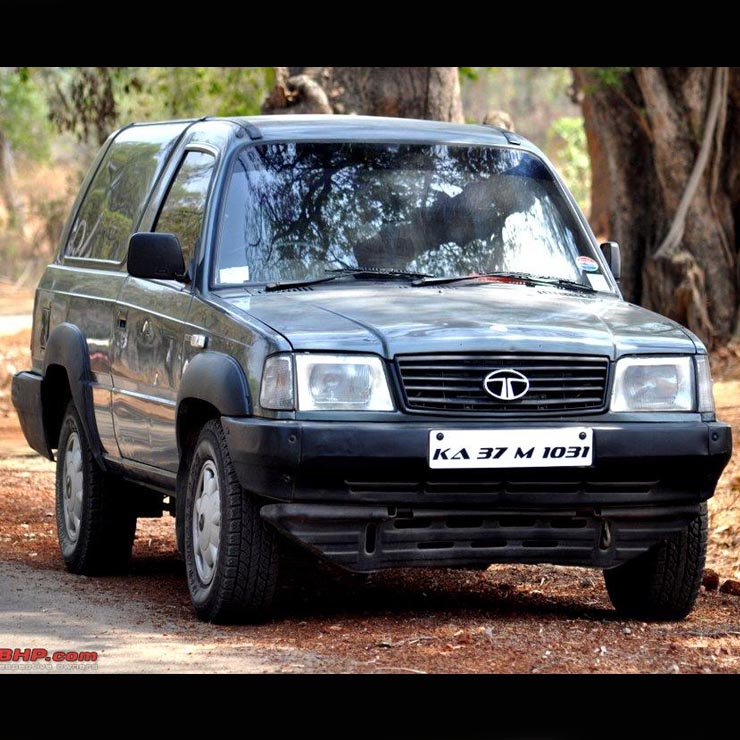
The Tata Sierra was the first proper SUV in the Indian market. The large vehicle with two doors and a uniquely shaped body with a large rear glass area made it a head-turner on the roads. Tata Motors even launched a 4X4 variant of the Sierra after the initial launch. The SUV was always considered to be ahead of its time and offered class-leading features but the market did not respond to the model very well. It was an unconventional vehicle in its time and the market was not ready to splurge money on such products.
Tata may bring back the Sierra to the Indian market and showcased the concept model at the 2020 Auto Expo too. The concept model carried over the design DNA of the original Sierra but the powertrain was electric. Tata has not furnished any plans and it may take years before the production model takes shape.
Also read: 25-year old Tata Estate restored: Watch the video
Tata Estate
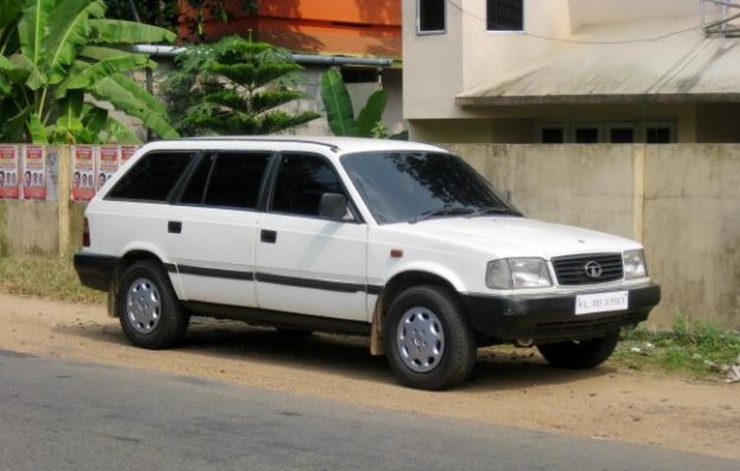
Tata experimented with a lot of body styles in its initial years. With the station wagons gaining popularity in the European markets, a few manufacturers launched them in India too. Tata launched the Estate, which shared a lot of parts with the Sierra. The design of the Estate was inspired by the Mercedes-Benz station wagons in the 1980s as Mercedes and Tata had a partnership in India to assemble the Mercedes-Benz vehicles in India. Just like any other station wagons, the Tata Estate did not gain any momentum in the Indian market.
Tata Mobile
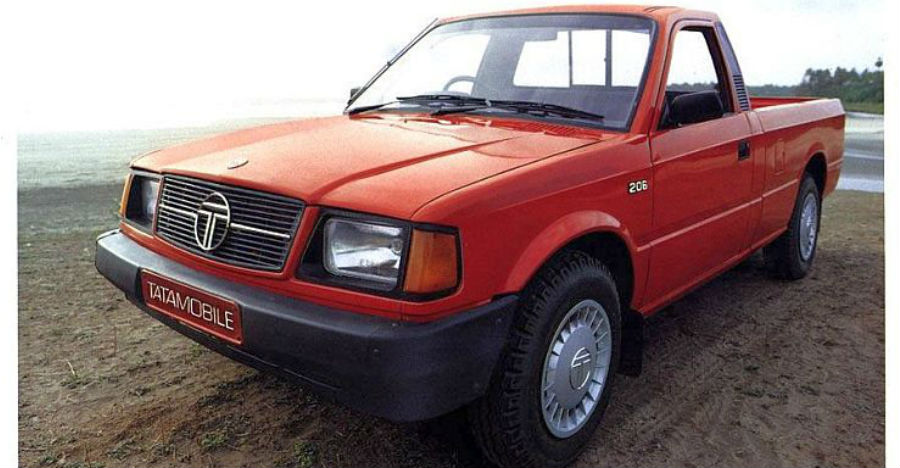
The Tata Mobile was the pick-up truck on which Tata based the vehicles like Sierra and the Estate. It was a pick-up truck and was targetted at the customers who wanted a pick-up truck for personal use. However, as we know pick-ups never became popular in India and even today, there are not many buyers of the pick-up trucks. The Tata Mobile also did not find many buyers in the market.
Tata Safari petrol
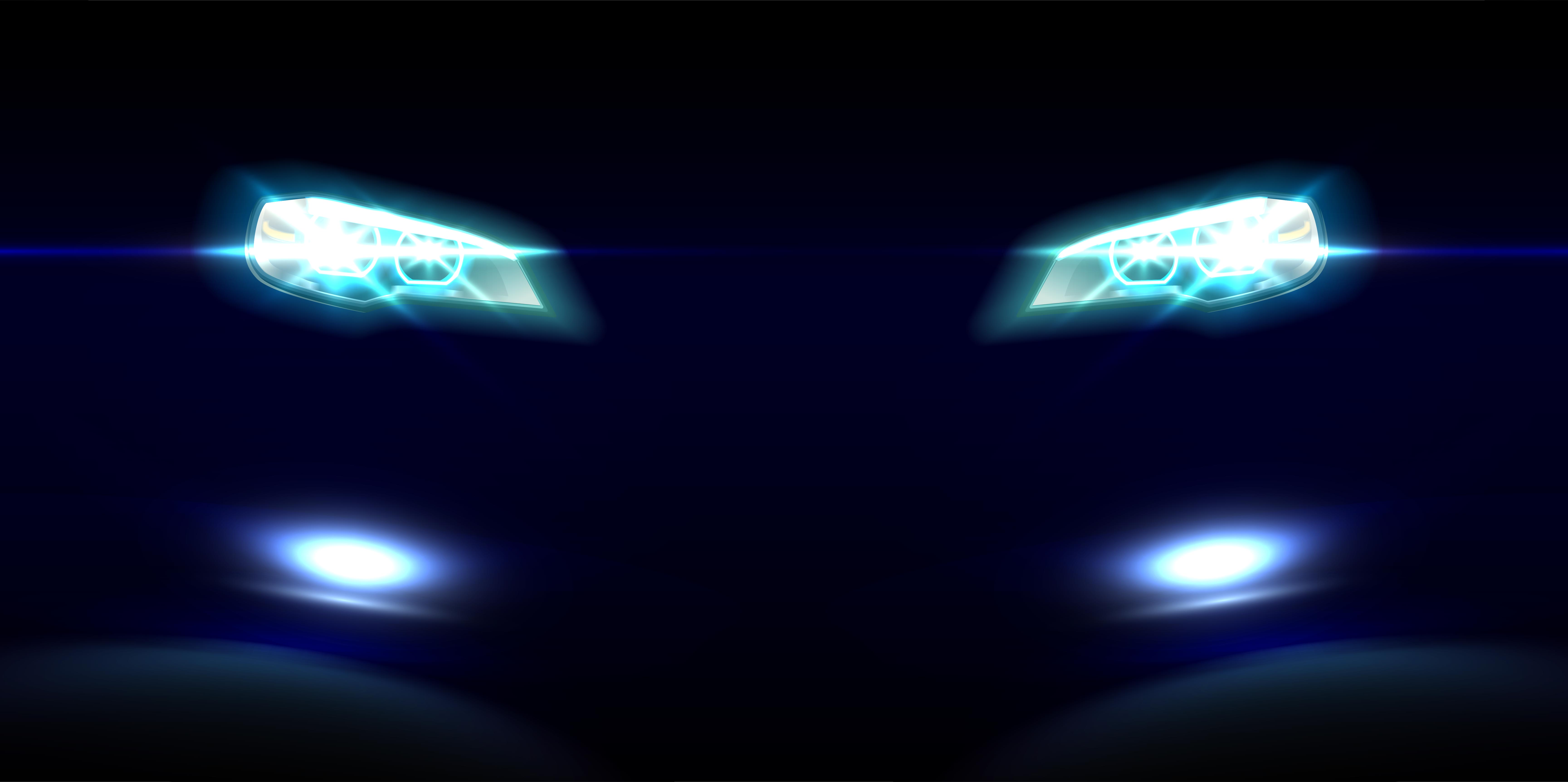
We all know about the iconic Tata Safari but only a few of us remember the Safari petrol. Tata launched it in the early 2000s and powered it with a 2.0-litre, naturally-aspirated petrol engine generating a maximum of 135 Bhp. It was a quick SUV but as India has always been a country that keeps fuel efficiency over the fun of driving, Safari petrol just did not become as popular as its 2.0-litre 90 Bhp diesel counterpart. Even the all-new Safari does not get a petrol engine and is powered by a 2.0-litre KRYOTEC diesel engine.
Tata Safari 3.0 DICOR
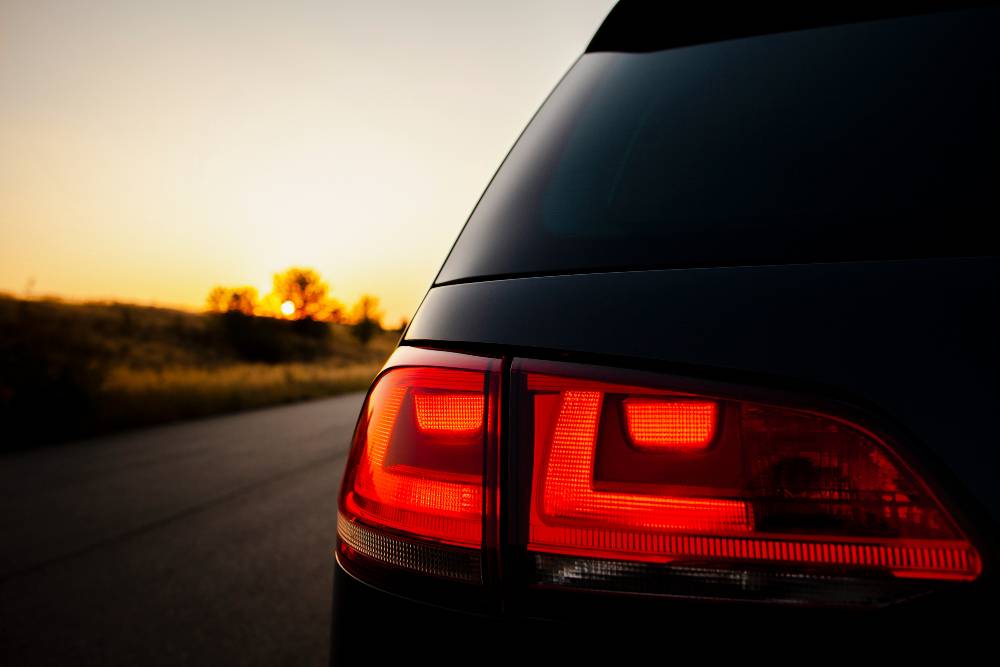
Tata did experiments with the Safari and also used an engine of the 407 pick-up truck to power it. After the launch of the Scorpio in 2002, Tata wanted to launch a more powerful Safari and that’s how the 3.0-litre DICOR variant was born. It did not last long though. Less than a year after its launch, Tata switched to a 2.2-litre diesel engine generating similar power and torque figures. The 3.0-litre DICOR was then sold only as a commercial vehicle.
Tata Indigo Marina
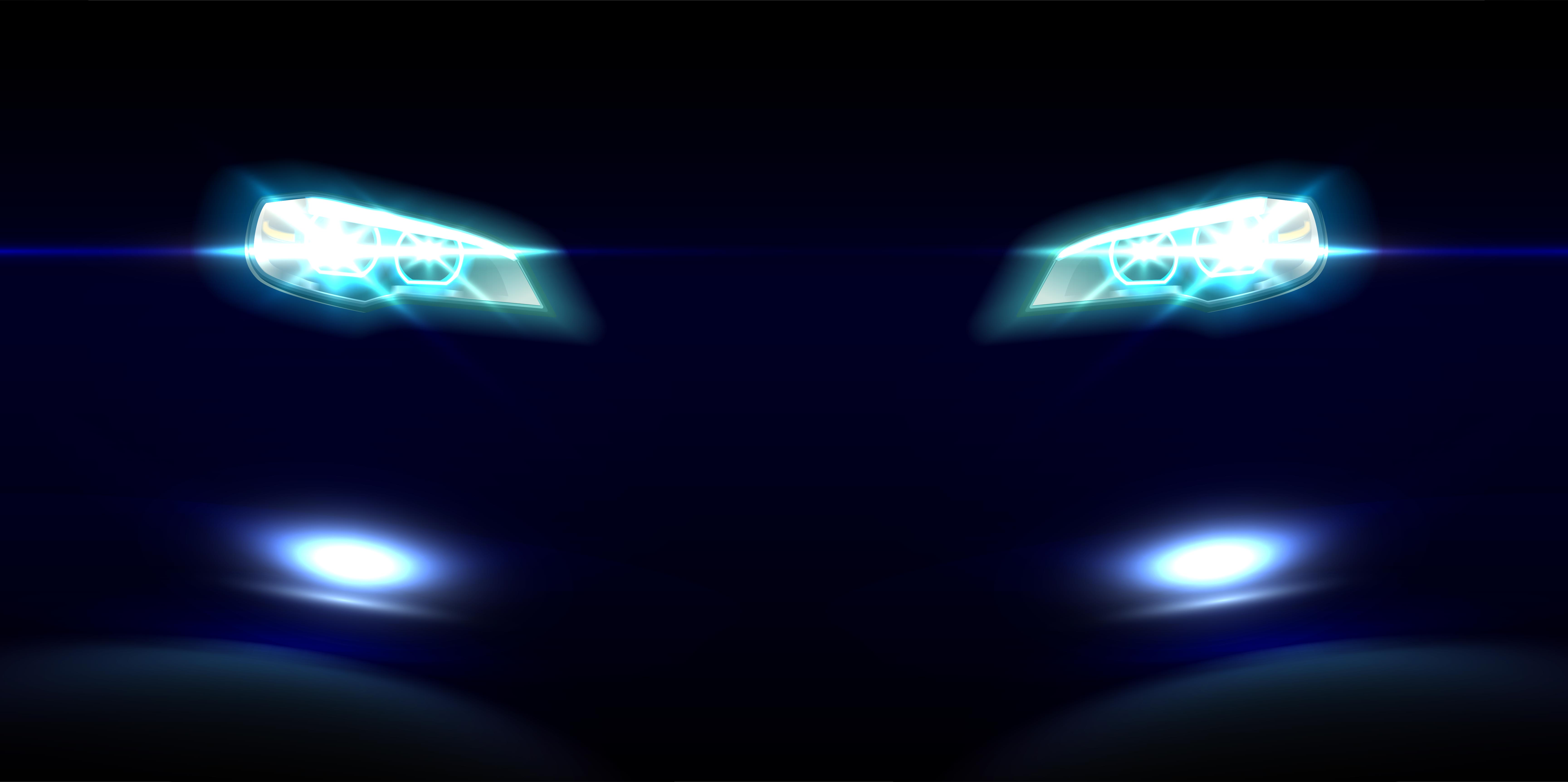
After the Tata Estate failed to attract customers, Tata again tried to woo the market with another station wagon. This time, the vehicle was based on the Tata Indica. The Indigo Marina offered acres of space and even Ratan Tata owns one and uses it whenever he takes out his dogs. The Indigo Marina also did not gain much momentum in the market and was discontinued.
Tata Indigo XL
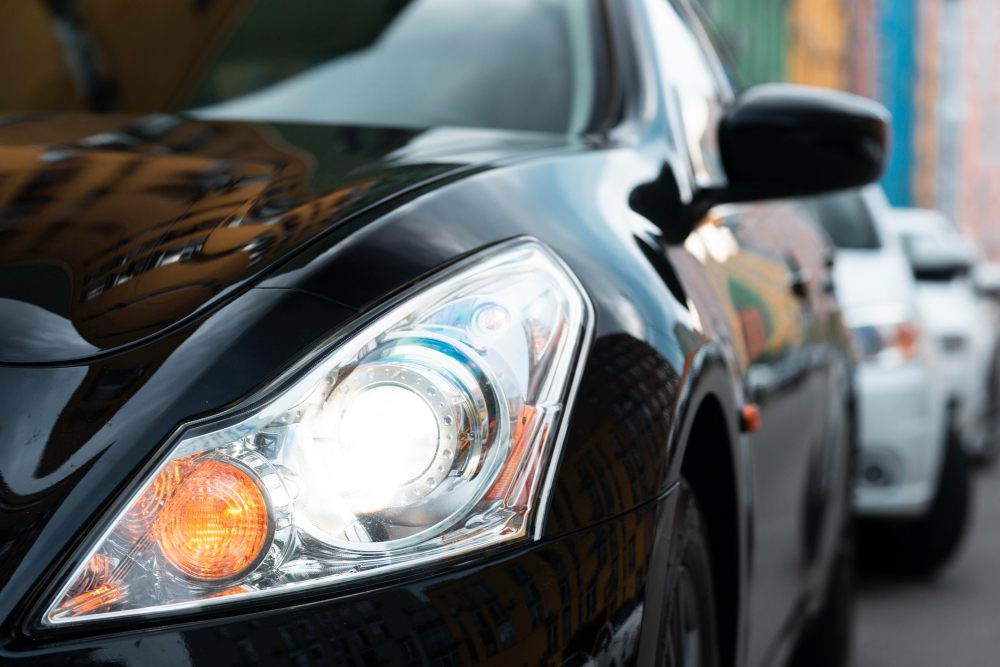
To target different customers, Tata did a number of experiments and the Indigo XL was the result of one such experiment. It was also based on the Indica platform and it was a long car in its time. In fact, the Indigo XL was so long that the rear seats offered more space than the Honda Accord. It quickly became a popular product among fleet car owners but not many private car buyers chose the vehicle.
Tata Indigo Manza
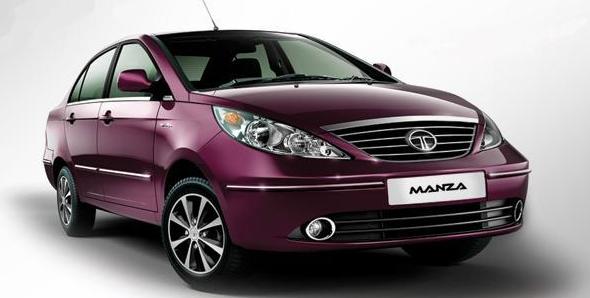
The Indigo Manza was launched as a more premium, stylish alternative to the standard Indigo sedan. Tata launched it in 2010 to take on the likes of Hyundai Verna and the Honda City and played the value-for-money card. The Manza offered the 1.3-litre Multijet from Fiat and became popular among the fleet car owners too.
Tata Spacio 3.0
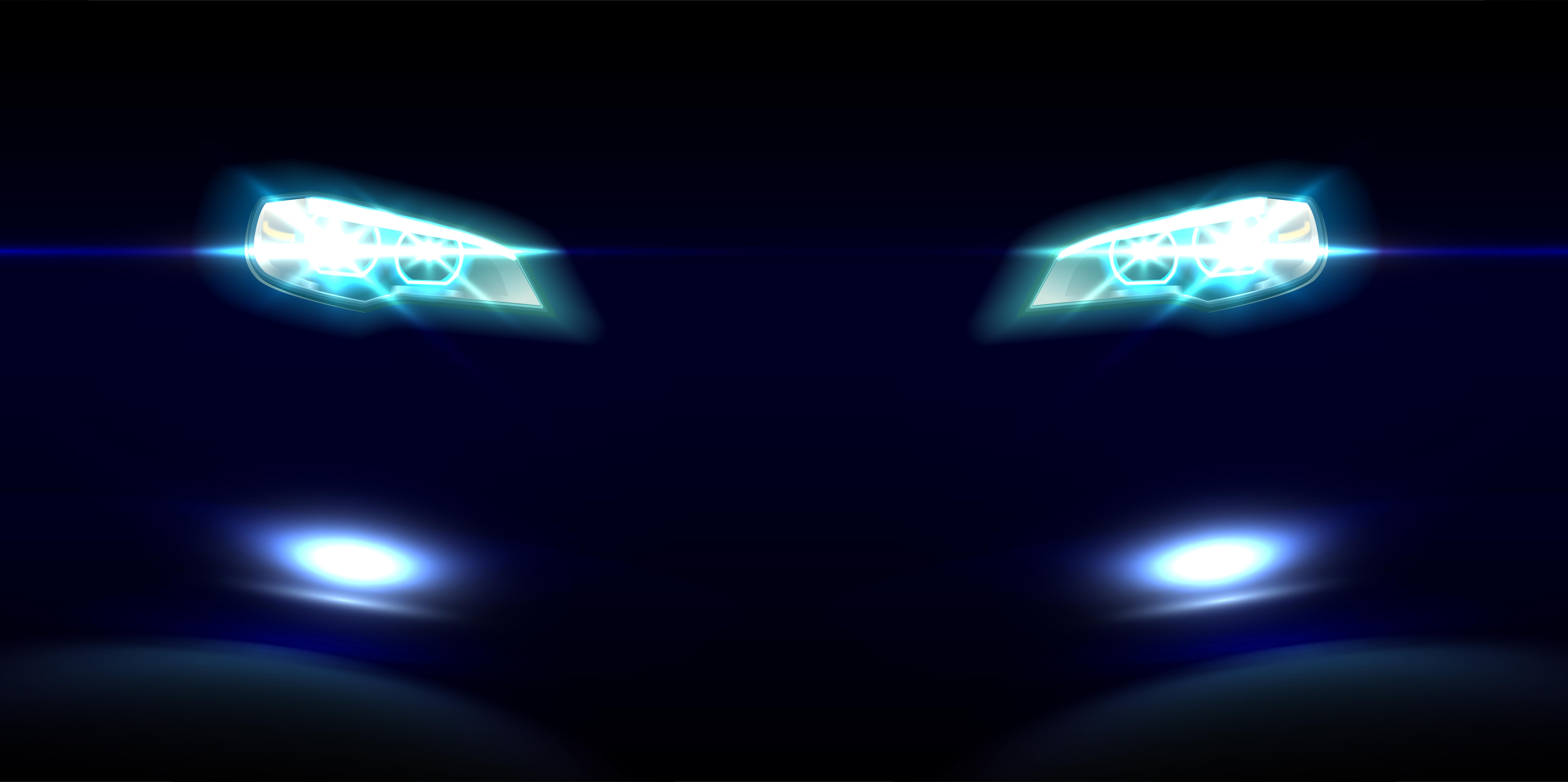
It is rare to spot a Spacio on the roads in India. The unique-looking Spacio was based on Sumo and was launched in the early 2000s. It was different from the Sumo Spacio and was powered by the 3.0 DICOR that was also available with the Safari for a brief period of time. The Spacio was a load-lugger and became popular in the rural areas. The canvas top and massive cabin space allowed more than 20 people to be squeezed inside the vehicle.
Tata Bolt
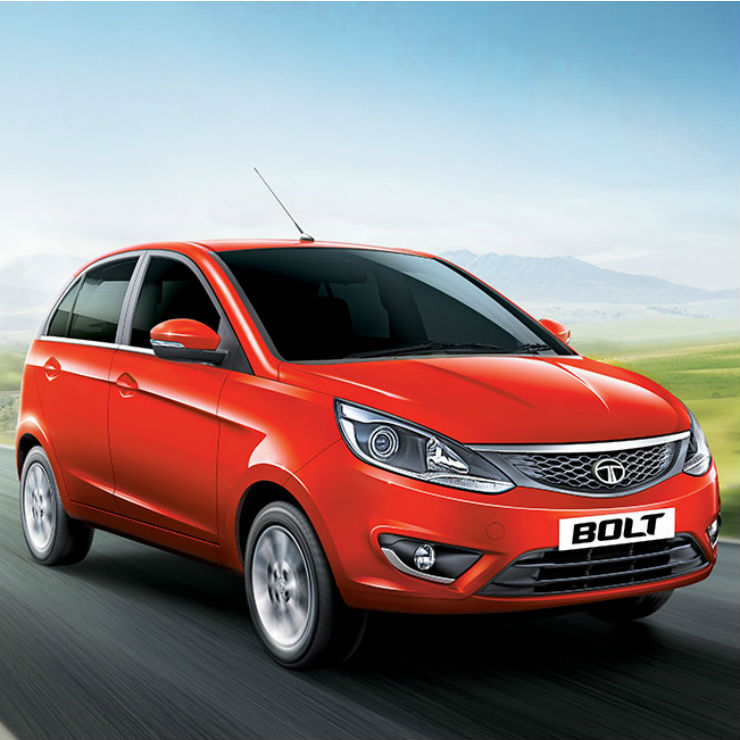
It was an attempt to redesign the Indica Vista completely, Tata launched the Bolt that looked very much like the Indica with new headlamps and tail lamps. It came with an updated cabin and quality improvements too. Tata added safety features like ABS and airbags and also a more powerful engine. However, the Bolt did not strike a chord with the market and did not sell very well.



0 Comments